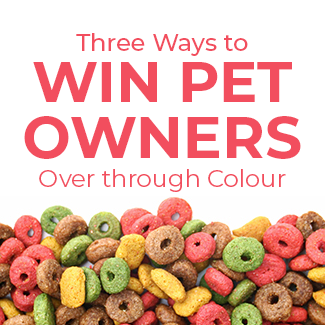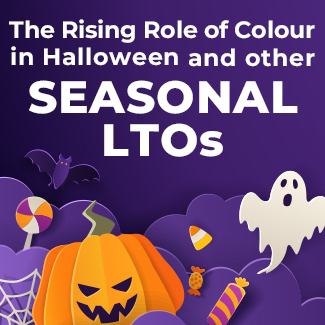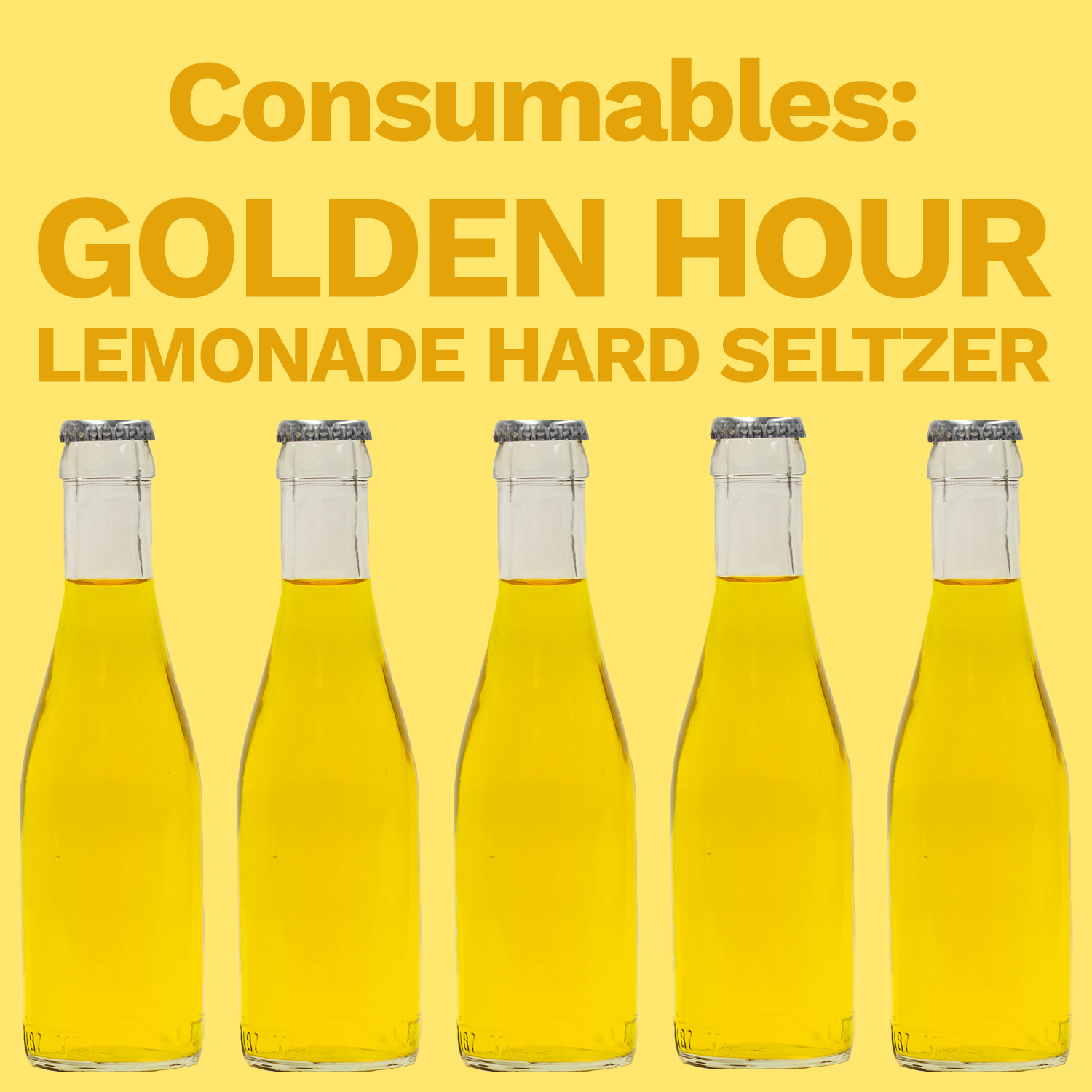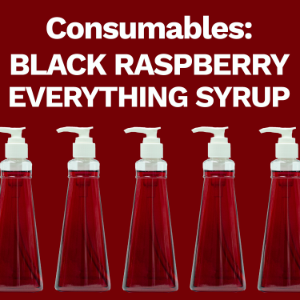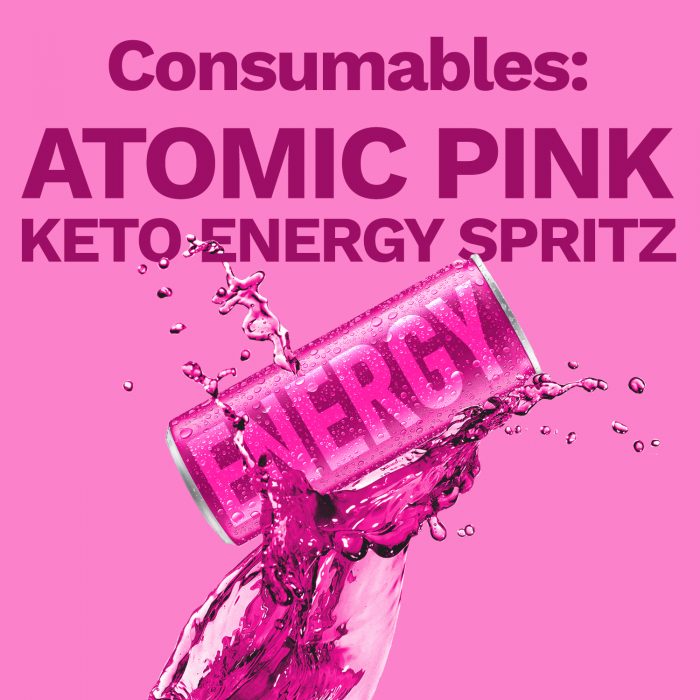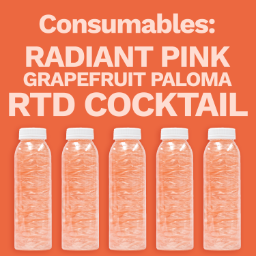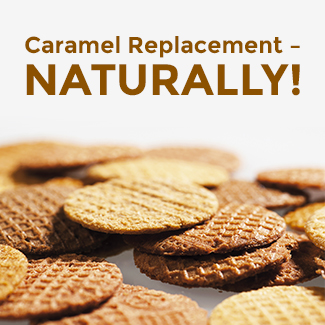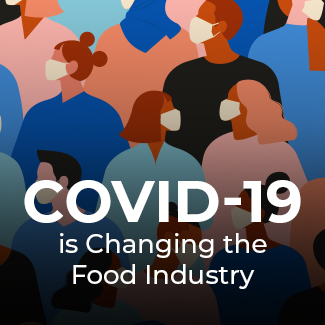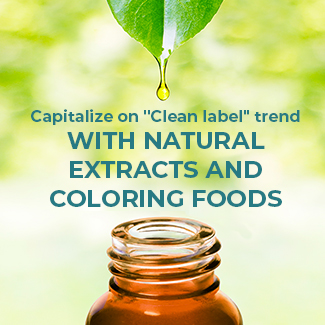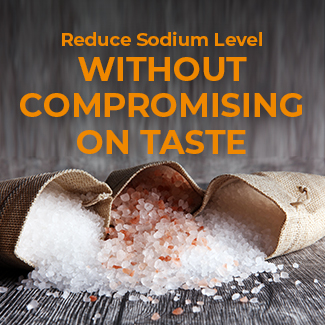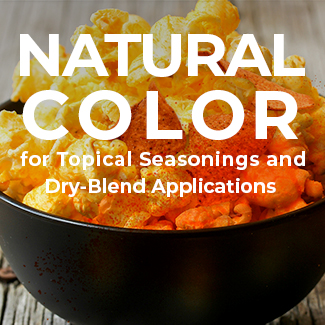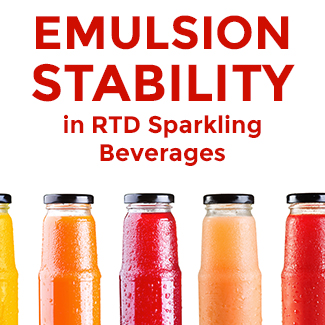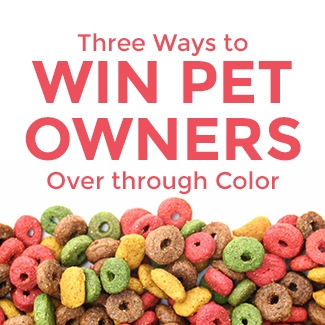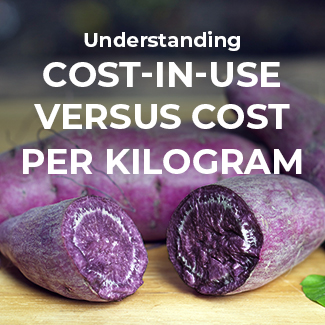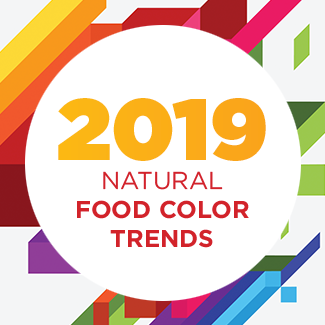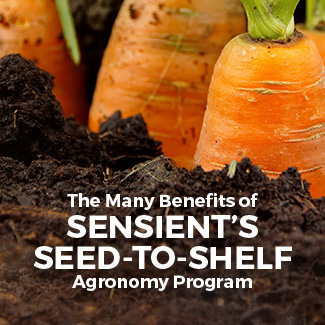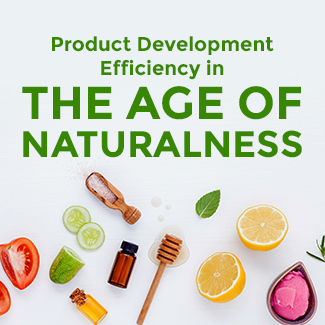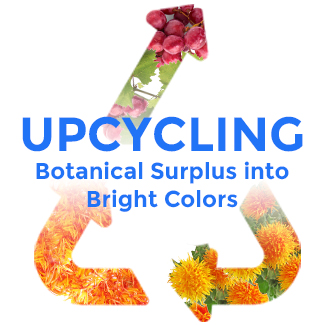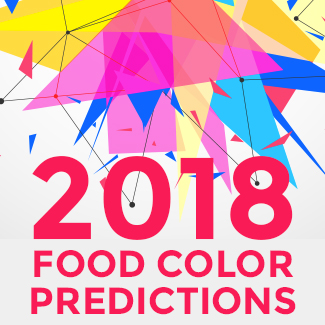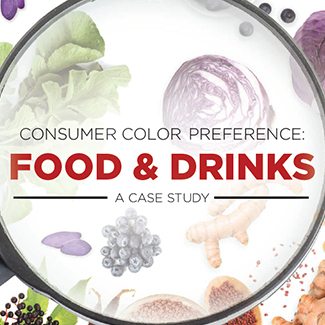The Role of Colour in Humanized Pet Treats
Pet Treats Are Looking Awfully Similar to Human Foods
Sensient Colors’ President, Mike Geraghty, wrote about the humanization of pet trends and made five predictions for the coming years including…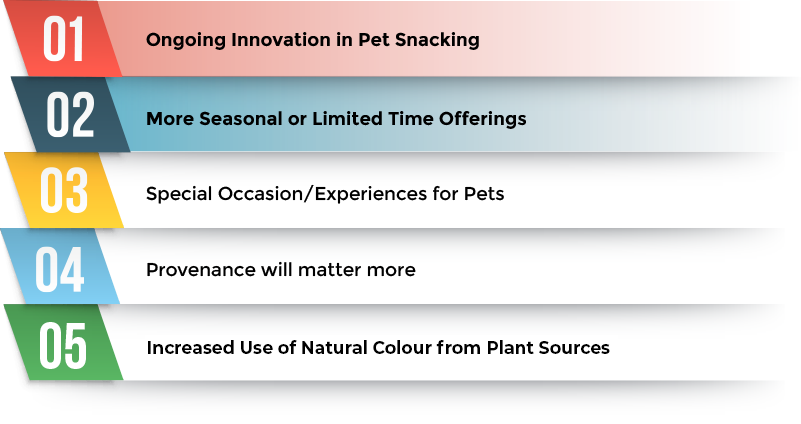 The first prediction Mike made “Ongoing Innovation in Pet Snacking” has really been taken to new heights. If you have been following the latest pet treat/snack options on the market, then you know todays’ pets are no longer in the dog house, they are (figuratively speaking) in the dining room feasting on chicken pot pie, sweet potato fries, peanut butter and honey baked goods, rawhide lollipops and topping it all off with some holiday cookies.
The first prediction Mike made “Ongoing Innovation in Pet Snacking” has really been taken to new heights. If you have been following the latest pet treat/snack options on the market, then you know todays’ pets are no longer in the dog house, they are (figuratively speaking) in the dining room feasting on chicken pot pie, sweet potato fries, peanut butter and honey baked goods, rawhide lollipops and topping it all off with some holiday cookies.
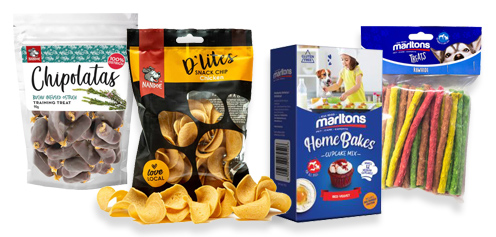
The Role of Colour in Humanized Pet Treats and Snacks
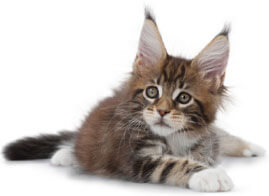 As pet owners endear their pets more like children, it’s not surprising pet treat innovation is pulling visual inspiration from human snacks. Similar to kid-friendly snacks on the market, colour is playing an important role in new pet treat product development. Just as pet owners do for their own food purchases, they are also reading the ingredient lists of their pets’ food and expecting to see colour from botanical sources.
As pet owners endear their pets more like children, it’s not surprising pet treat innovation is pulling visual inspiration from human snacks. Similar to kid-friendly snacks on the market, colour is playing an important role in new pet treat product development. Just as pet owners do for their own food purchases, they are also reading the ingredient lists of their pets’ food and expecting to see colour from botanical sources.
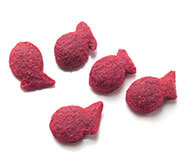
Salmon Puffs for Cats
Concept: Pink fish-shaped extruded snacks with natural salmon flavour and colour

The high heat associated with the extrusion process can cause browning in beet vegetable juices and colour degradation with red anthocyanins

Stable options like red iron oxides, carmine or innovative heat-stable red vegetable juices like SupraRed™

Frosted Holiday Dog Cookie
Concept: Naturally coloured yogurt coated, grain-free dog treat in holiday shapes

Water-soluble natural colour powders do not disperse well throughout coatings, resulting in uneven and speckled colour distribution

If the bone’s moisture content is high, water soluble colours will migrate and bleed towards the area of greater moisture concentration

Oil-dispersible natural colour systems such as the Microfine™ technology
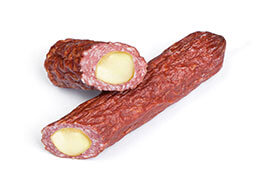
Beef and Cheese Taquito
Concept: Co-extruded, natural red and yellow cylindrical stick treat with natural beef flavour and real cheese

The high heat associated with the extrusion process can cause browning in red vegetable juices and colour degradation with red anthocyanins
In co-extruded treats, if a water soluble colour is used in one layer, and an oil soluble colour in the other layer, the colours will migrate away from one another and bleed out
Calcium content in the cheese can cause pinking in yellow annattos


Stable options like red iron oxides, carmine or innovative heat-stable red vegetable juices like SupraRed™
A natural colour system that encapsulates oil or water colours from migrating out like our Advanced Emulsion Technology (AET) with Beta-Carotenes and Turmeric
Stable natural yellows/oranges such as iron oxides and riboflavin
To mitigate pinking of annatto, it’s best to formulate with oil dispersible annatto solutions. Sensient’s portfolio of Microfines™ has many cheese shade options which can be added to the cheese mass prior to the introduction of the rennet











